Home>Garden Essentials>How To Kill Ivy Ground Cover
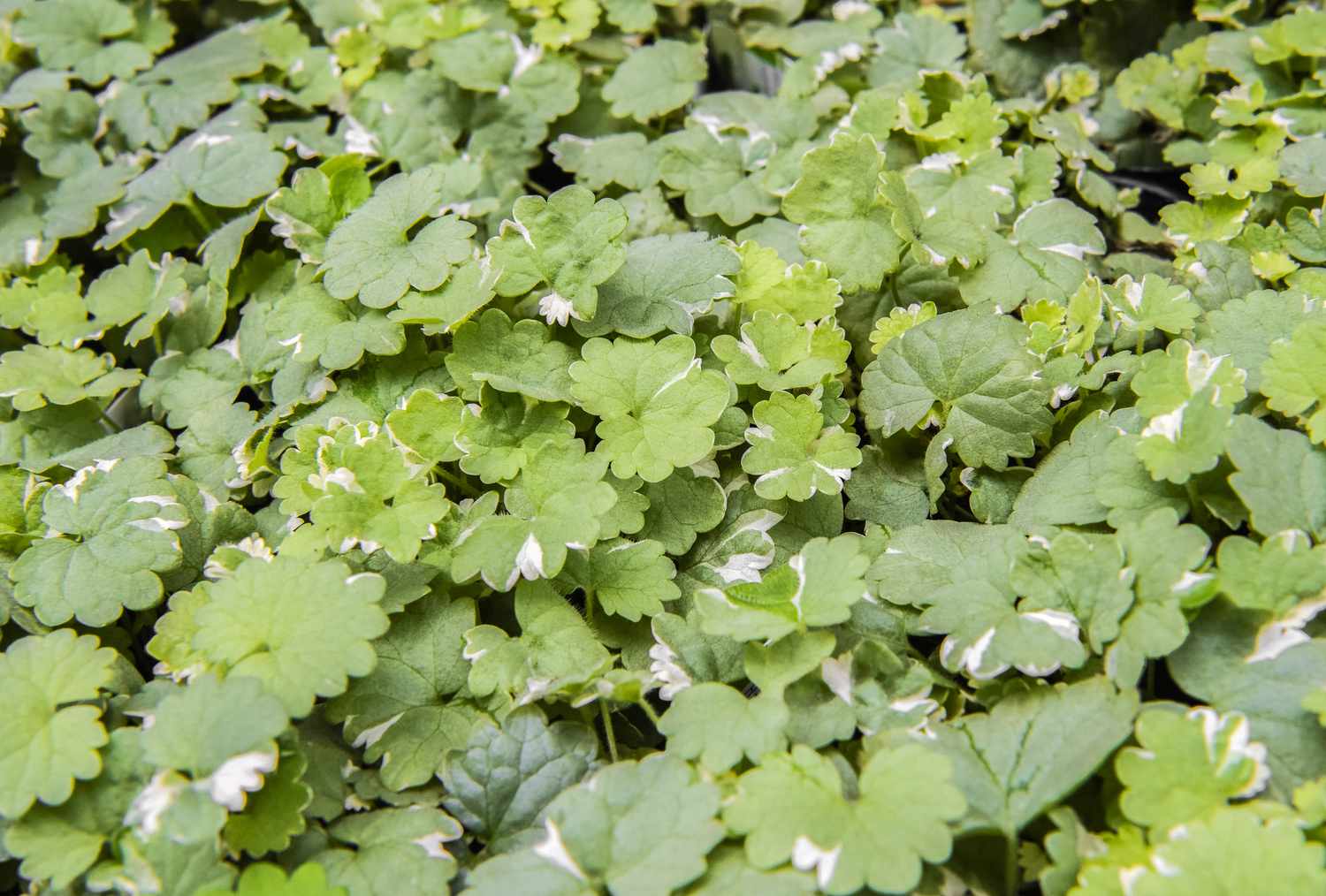

Garden Essentials
How To Kill Ivy Ground Cover
Modified: March 7, 2024
Looking for ways to eliminate ivy ground cover in your garden? Discover effective methods and tips on how to kill ivy and regain control of your outdoor space.
(Many of the links in this article redirect to a specific reviewed product. Your purchase of these products through affiliate links helps to generate commission for Storables.com, at no extra cost. Learn more)
Introduction
Gardeners and homeowners often find themselves grappling with the challenge of removing ivy ground cover. While ivy can be an attractive addition to a garden, providing greenery and a lush appearance, it can quickly become invasive and take over other plants and structures. If left unchecked, ivy can smother trees, damage buildings, and create a breeding ground for pests.
In this comprehensive guide, we will explore various methods of killing ivy ground cover and restoring the health and beauty of your garden. Whether you prefer a hands-on approach or opt for chemical methods, we will provide you with practical and eco-friendly alternatives to suit your needs.
Before we dive into the removal methods, it is important to understand why you may want to remove ivy ground cover in the first place.
Key Takeaways:
- Say goodbye to invasive ivy by understanding its behavior, choosing the right removal method, and preventing regrowth. Whether you prefer hands-on, chemical, or eco-friendly approaches, diligence is key to restoring your garden’s health.
- Prioritize safety and preparation when removing ivy ground cover. Mechanical and chemical methods, as well as eco-friendly alternatives, offer effective solutions. Prevent regrowth by monitoring, maintaining a healthy garden, and creating barriers.
Read more: How To Trim Ivy Ground Cover
Understanding Ivy Ground Cover
Ivy ground cover, also known as English ivy (Hedera helix), is a common evergreen climbing plant that is native to Europe and Western Asia. It has become popular in many gardens due to its ability to quickly spread and provide a dense cover of foliage.
Ivy ground cover has distinctive dark green leaves that are usually five-lobed and grow along long stems that attach themselves to surfaces using aerial roots. These roots allow the ivy to climb and attach to walls, trees, and fences, making it a versatile and adaptable plant.
While ivy ground cover can lend an aesthetic charm to any garden, it can also become problematic if left unchecked. If it is allowed to spread without control, it can choke out other desired plants by competing for sunlight, nutrients, and water.
Moreover, ivy’s aggressive growth habit can cause damage to structures such as walls and fences. The aerial roots of ivy can penetrate small cracks, gradually weakening the integrity of the surface and leading to costly repairs.
Another concern with ivy ground cover is its ability to harbor pests and create a favorable environment for them to thrive. The dense foliage provides shelter and moisture, making it an attractive hiding spot for insects, slugs, and snails.
Understanding the behavior and characteristics of ivy ground cover will assist in determining the most effective approach to removing it from your garden.
Reasons for Removing Ivy Ground Cover
While ivy ground cover can appear charming and provide a lush green backdrop, there are several compelling reasons to consider removing it from your garden. Here are a few key reasons:
- Competition for Resources: Ivy is an aggressive plant that competes with other plants for vital resources like sunlight, water, and nutrients. Its fast growth rate allows it to quickly smother and overshadow other plants in the area, leading to their decline or death.
- Damage to Structures: Ivy can cause significant structural damage to buildings, walls, and fences. The aerial roots of ivy can penetrate small cracks and crevices, gradually working their way into the surface and compromising its integrity. Over time, this can lead to costly repairs and maintenance.
- Pest Harboring: Ivy ground cover provides a cozy and sheltered environment for pests such as insects, slugs, and snails. The dense foliage and moisture retention create an ideal habitat for these unwanted guests, increasing the risk of infestations in your garden.
- Reduced Biodiversity: Ivy ground cover, if left unchecked, can create a monoculture, where it dominates the plant population and limits the diversity of other plant species. This can have negative ecological impacts, diminishing the habitat and food sources for beneficial insects and birds.
- Allergenic Potential: Some individuals may have allergies or sensitivities to ivy. Contact with ivy leaves or roots can cause skin irritation, rashes, or allergic reactions. Removing ivy ground cover can help create a safer and more comfortable environment, especially for those with sensitivities.
Considering these reasons, it becomes evident that removing ivy ground cover is essential for maintaining the health and balance of your garden, preserving the integrity of structures, and promoting biodiversity.
Assessing the Area
Before embarking on the removal process, it is crucial to assess the area where the ivy ground cover is present. This assessment will help you determine the extent of the infestation and plan the most effective strategy for removal. Here are some key factors to consider:
1. Coverage and Spread:
Observe the extent of the ivy ground cover in your garden. Note how far it has spread and whether it is primarily concentrated in specific areas. Understanding the coverage will give you an idea of the scale of the removal task and help you prioritize the areas that require immediate attention.
Read more: How To Plant Ivy For Ground Cover
2. Surface Attachments:
Identify the surfaces to which the ivy is attached, such as walls, fences, trees, or structures. Take note of any delicate or vulnerable surfaces that may require special care during the removal process.
3. Health of Other Plants:
Assess the health and condition of other plants in the vicinity of the ivy ground cover. Look for signs of suffocation, wilting, or stunted growth caused by the ivy’s aggressive competition for resources. Consider protecting and nurturing these plants during the removal process to ensure their recovery.
4. Structural Vulnerabilities:
Examine any walls, fences, or structures that may have been compromised by the ivy’s growth. Look for cracks, loose mortar, or weakened surfaces. Identifying these vulnerabilities will help you address any necessary repairs once the ivy has been removed.
5. Environmental Considerations:
Take into account any environmental factors that may impact the removal process. Consider weather conditions, such as rain or wind, which can affect the effectiveness of certain removal methods. Also, be mindful of any nearby sensitive habitats or protected plants and take the necessary precautions to minimize any negative impact on the environment.
By conducting a thorough assessment of the area, you will have a clearer understanding of the challenges ahead and be better prepared to implement the most appropriate removal methods for your specific situation.
Read more: How To Kill Invasive Ground Cover
Preparing for Removal
Before diving into the actual removal of ivy ground cover, it’s essential to make the necessary preparations to ensure a smooth and effective process. Here are some important steps to follow:
1. Safety First:
Wear appropriate protective clothing, including long sleeves, gloves, and eye protection, to shield yourself from potential skin irritation or allergenic reactions caused by direct contact with the ivy.
2. Gather the Right Tools:
Collect the necessary tools for the removal process. This may include pruning shears or loppers for cutting through thick stems, a handsaw for larger woody vines, a sturdy garden rake or hoe for loosening the roots from the soil, and a sturdy pair of garden gloves for added protection while working.
3. Remove Loose Debris:
Clear the area of any loose debris, rocks, or fallen branches that may obstruct your work or hinder effective removal. This will provide you with a clear and safe workspace.
Read more: What Can I Use To Kill Ground Cover In Lawn
4. Trim Excess Growth:
Trim back any excess growth or unwanted tendrils of ivy to facilitate easier access to the main root system. This will prevent the ivy from reattaching itself to surfaces during the removal process.
5. Water the Soil:
Water the soil surrounding the ivy ground cover thoroughly before removal. Moist soil makes it easier to loosen the roots and remove them from the ground. Avoid watering excessively, as it can make the soil too muddy and impede your progress.
6. Notify Others:
If the ivy is growing on shared property or connected structures, make sure to inform any neighbors or tenants who may be affected by the removal process. Collaborating and coordinating efforts can lead to more successful outcomes, especially if the ivy is interconnected.
By taking these necessary preparatory steps, you will create a safer and more efficient environment for removing the ivy ground cover. This will help ensure successful removal and pave the way for the restoration of a healthier and more balanced garden.
Mechanical Removal Methods
If you prefer a hands-on approach to removing ivy ground cover, there are several mechanical methods you can employ. These methods involve physically detaching the ivy from surfaces and pulling out the roots. Here are some effective mechanical removal techniques:
Read more: How To Care For Dichondra Ground Cover
1. Pulling By Hand:
The simplest way to remove ivy is by manually pulling it from the ground or surfaces. Grab the base of the ivy stem close to the ground or where it attaches to a surface and gently pull, taking care to remove as much of the root system as possible. It may be easier to pull after a rainfall or after watering the soil to loosen the roots.
2. Cutting and Removing Stems:
For thicker or woody ivy stems, using pruning shears or loppers, cut the vines close to the ground or surface where they attach. This will sever the connection between the ivy and its nutrient source. After cutting, carefully unwind or remove the cut ivy from the surface, ensuring that it doesn’t reattach or tangle with other plants.
3. Digging Up Roots:
For more established or stubborn ivy, you may need to dig up the roots from the ground. Use a sturdy garden rake or hoe to loosen the soil around the base of the plant. Try to dig deep enough to expose the root system and then use gloved hands or a small hand trowel to carefully extract the roots. Be thorough in removing all the roots, as even small fragments can regrow.
4. Pruning and Repeating:
If the ivy is growing on structures like walls or fences, you can use pruning tools to cut the ivy back to a more manageable size. This prevents it from growing further and makes it easier to remove. Repeat this process regularly to weaken the ivy and eventually remove it completely.
Read more: How To Grow Rye For Ground Cover
5. Smothering:
Another mechanical method, known as smothering, involves covering the ivy with a heavy-duty tarp or landscape fabric. This method deprives the ivy of sunlight, preventing it from photosynthesizing and regrowing. Secure the covering with bricks or other weights to ensure it remains in place for an extended period.
Remember to monitor the area and continue removing any regrowth or new shoots that may emerge. Mechanical removal methods require persistence and regular maintenance to effectively eradicate ivy ground cover.
Chemical Removal Methods
If you prefer to use chemical solutions to remove ivy ground cover, there are several options available. Chemical methods can be effective in targeting the root system of the ivy and preventing regrowth. Here are some commonly used chemical removal methods:
1. Herbicides:
Herbicides containing glyphosate or triclopyr are commonly used to kill ivy. These chemical compounds are absorbed by the leaves and transferred to the root system, effectively killing the plant. Follow the instructions on the herbicide label carefully and apply the solution directly to the ivy leaves, making sure to avoid contact with desirable plants. Repeat the application as necessary until the ivy is completely eradicated.
2. Vinegar Solution:
A natural and environmentally-friendly option for chemical removal is using a vinegar solution. Mix distilled white vinegar with water in a spray bottle and apply it directly to the ivy foliage. The acetic acid in vinegar can kill the leaves and eventually weaken the root system. However, keep in mind that vinegar may also affect other plants, so exercise caution when applying it.
Read more: Ground Cover: How Far Apart
3. Salt Solution:
An effective way to prevent ivy regrowth is by applying a salt solution around the base of the plant. Mix rock salt or table salt with water and pour it onto the soil where the ivy is growing. The high salt concentration effectively dehydrates the roots and prevents further growth. However, be aware that salt can accumulate in the soil, affecting other plant life, so this method should be used sparingly and with caution.
4. Systemic Herbicides:
Systemic herbicides, such as imazapyr or picloram, are absorbed by the plant and translocated throughout the entire system, including the roots. These chemicals are particularly effective for stubborn or established ivy growth. Carefully follow the instructions on the herbicide label and apply it to the foliage or inject it into the stem to ensure maximum absorption.
5. Glyphosate Foam:
Glyphosate foam is a convenient option for controlling ivy growth on vertical surfaces or near desirable plants. The foam formulation allows for targeted application and helps prevent herbicide drift. Carefully spray the foam onto the ivy foliage, making sure to cover all leaves. The foam will stick to the plant, providing extended contact time for optimal herbicidal effect.
When using chemical removal methods, it’s important to consider the environmental impact and follow all safety precautions. Take care to avoid contact with desirable plants and follow the instructions provided with the chosen herbicide. Additionally, exercise caution when working near water sources, as some chemicals can be harmful to aquatic life.
Ultimately, chemical removal methods can be effective in tackling ivy ground cover, but it’s important to use them responsibly and in accordance with local regulations.
Eco-Friendly Alternatives
If you prefer to take an eco-friendly approach to removing ivy ground cover, there are several alternative methods that can help you effectively control its spread while minimizing harm to the environment. Here are some eco-friendly alternatives to consider:
Read more: How To Start Hillside Ground Cover
1. Manual Removal:
The most eco-friendly method is to manually remove the ivy by hand or using basic hand tools. This method allows you to physically pull out the ivy and its roots without the use of chemicals. Take care to remove as much of the root system as possible to prevent regrowth. However, this method may require more time and effort, especially for larger infestations.
2. Mulching:
After manually removing the ivy, you can cover the area with a thick layer of organic mulch, such as wood chips or shredded leaves. This will help suppress any remaining ivy growth and prevent sunlight from reaching the soil, inhibiting further germination. Mulching also retains moisture and improves soil fertility, promoting the growth of desirable plants in the area.
3. Smothering with Cardboard or Newspaper:
Another eco-friendly option is smothering the ivy using cardboard or layers of newspaper. Lay down sheets of cardboard or several layers of newspaper over the ivy ground cover, making sure to overlap the edges. Wet the materials to keep them in place, and cover with a layer of mulch. This method effectively cuts off sunlight and suffocates the ivy, preventing regrowth.
4. Solarization:
If you have a large area infested with ivy, solarization can be an effective eco-friendly method. This technique involves covering the ground with a clear plastic sheet to trap heat from the sun. The trapped heat raises the temperature of the soil, killing the ivy and its roots. Leave the plastic in place for several weeks during the hottest months to ensure effective solarization.
Read more: How To Plant Lantana Ground Cover
5. Natural Vinegar Spray:
A natural alternative to chemical herbicides is a vinegar spray made from horticultural vinegar or a higher concentration of household vinegar. Spray the vinegar directly onto the ivy foliage, focusing on the leaves and stems. The high acidity of vinegar can damage the plant cells and eventually kill the ivy. However, be cautious when spraying as vinegar can also affect other plants, so target the application carefully.
These eco-friendly alternatives provide effective means of controlling and removing ivy ground cover without resorting to harsh chemicals. They focus on natural methods that are safer for the environment and can be integrated into a sustainable garden management approach.
Preventing Ivy from Re-Growing
Once you have successfully removed the ivy ground cover from your garden, it’s important to take preventive measures to avoid its regrowth and re-establishment. Here are some strategies to prevent ivy from coming back:
1. Regular Monitoring:
Continuously monitor your garden to catch any regrowth of ivy as early as possible. Regularly check the area where the ivy was removed and promptly remove any new shoots or tendrils that may appear. By staying vigilant, you can effectively prevent the ivy from taking hold again.
2. Cutting and Pruning:
Regularly trim back any new growth or tendrils that emerge from neighboring areas. By cutting or pruning the ivy before it establishes strong roots or attaches to surfaces, you can limit its growth and prevent it from spreading.
Read more: How To Plant Succulent Ground Cover
3. Create Physical Barriers:
To prevent ivy from re-entering your garden, consider installing physical barriers such as metal or plastic edging along the perimeter. These barriers act as a barrier and prevent the spread of the ivy onto your property.
4. Maintain a Healthy Garden:
Keep your garden healthy and well-maintained. Promote the growth of desirable plants by providing adequate sunlight, water, and nutrients. Well-nourished plants will be stronger and more resistant to invasive species like ivy. Regularly mulch, fertilize, and aerate the soil to create a favorable environment for your desired plants.
5. Improve Soil Drainage:
Amend the soil to improve drainage if your garden has poor drainage or retains too much water. Ivy thrives in moist conditions, so by ensuring proper soil drainage, you can create an environment that is less favorable for its growth.
6. Maintain Clean Surfaces:
Regularly clean and clear surfaces such as walls, fences, and structures to remove any potential ivy attachment points. By keeping surfaces clear and free from debris, you eliminate potential areas where ivy could establish itself.
By implementing these preventive measures, you can significantly reduce the chances of ivy regrowth and maintain a healthier, ivy-free garden. Consistency and regular maintenance are key to ensuring the long-term success of preventing ivy from re-establishing itself.
Read more: How To Remove Myrtle Ground Cover
Conclusion
Removing ivy ground cover from your garden can be a challenging task, but with the right approach and methods, it is achievable. Whether you choose to utilize mechanical or chemical removal methods or opt for eco-friendly alternatives, the key is to be diligent and thorough in your efforts.
Understanding the behavior and characteristics of ivy ground cover is essential in determining the most effective removal approach for your specific situation. Assessing the area, preparing for removal, and implementing the appropriate techniques are crucial steps in successfully eradicating the ivy and preventing its re-growth.
Mechanical removal methods, such as hand-pulling, cutting, or digging, allow for a hands-on approach that physically detaches the ivy from surfaces and removes its roots. Chemical removal methods, on the other hand, involve the use of herbicides or natural alternatives to kill the ivy and prevent its regrowth.
For those seeking a more eco-friendly approach, there are alternatives such as manual removal, mulching, smothering, solarization, and natural vinegar sprays that can effectively control and suppress the ivy without the use of harsh chemicals.
Once the ivy has been removed, it is crucial to take preventive measures to ensure it does not come back. Regular monitoring, cutting and pruning, creating physical barriers, maintaining a healthy garden, improving soil drainage, and keeping surfaces clean can all help prevent the re-establishment of ivy ground cover.
By following these guidelines, you can successfully remove and prevent the re-growth of ivy ground cover in your garden, revitalizing the health and appearance of your landscape. Remember to adapt the methods to your specific needs and conditions, and be patient as the process may require consistent effort over time.
With determination, persistence, and the right approach, you can reclaim your garden and create a space that thrives with the plants and features you desire.
Frequently Asked Questions about How To Kill Ivy Ground Cover
Was this page helpful?
At Storables.com, we guarantee accurate and reliable information. Our content, validated by Expert Board Contributors, is crafted following stringent Editorial Policies. We're committed to providing you with well-researched, expert-backed insights for all your informational needs.
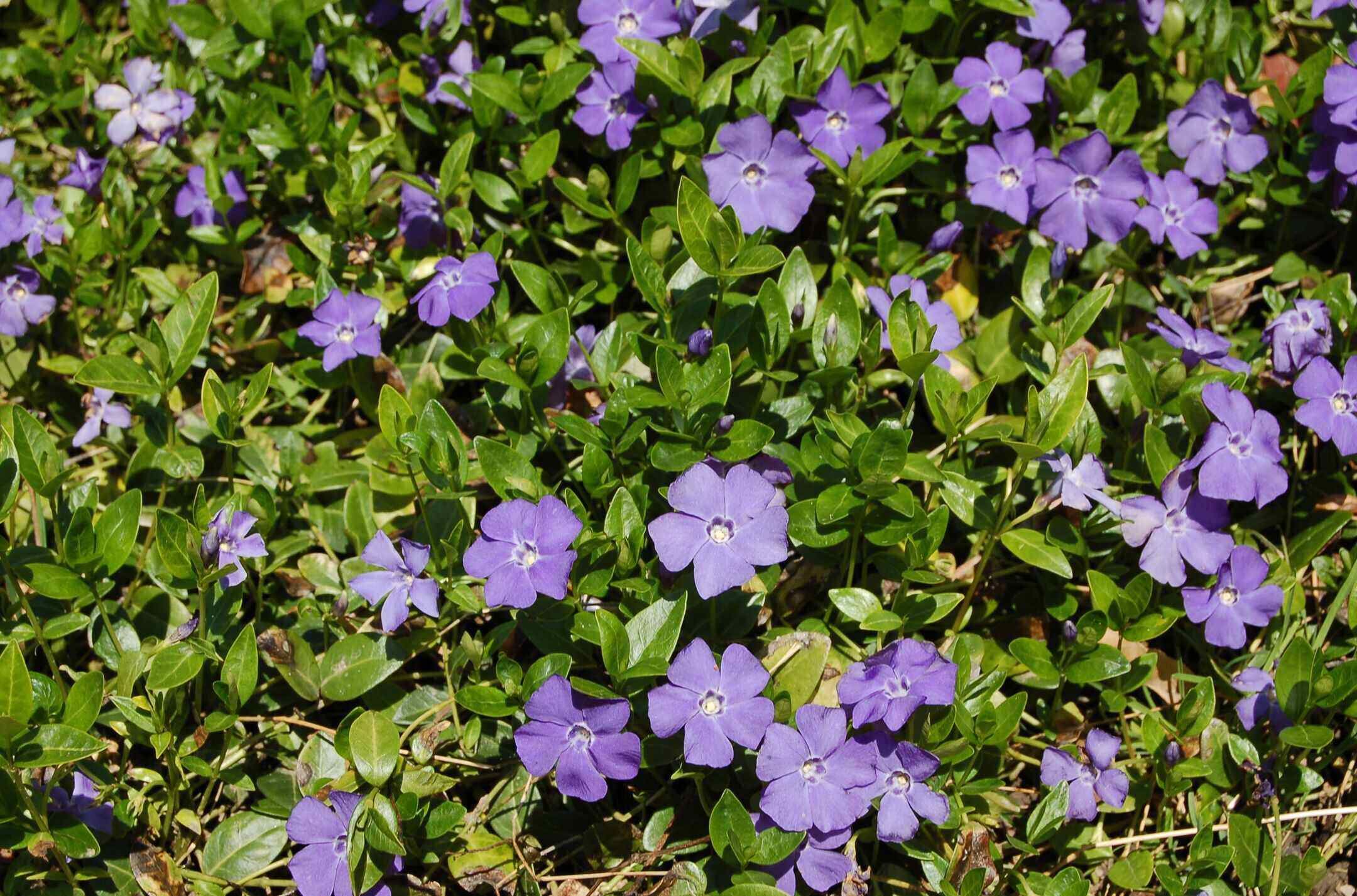
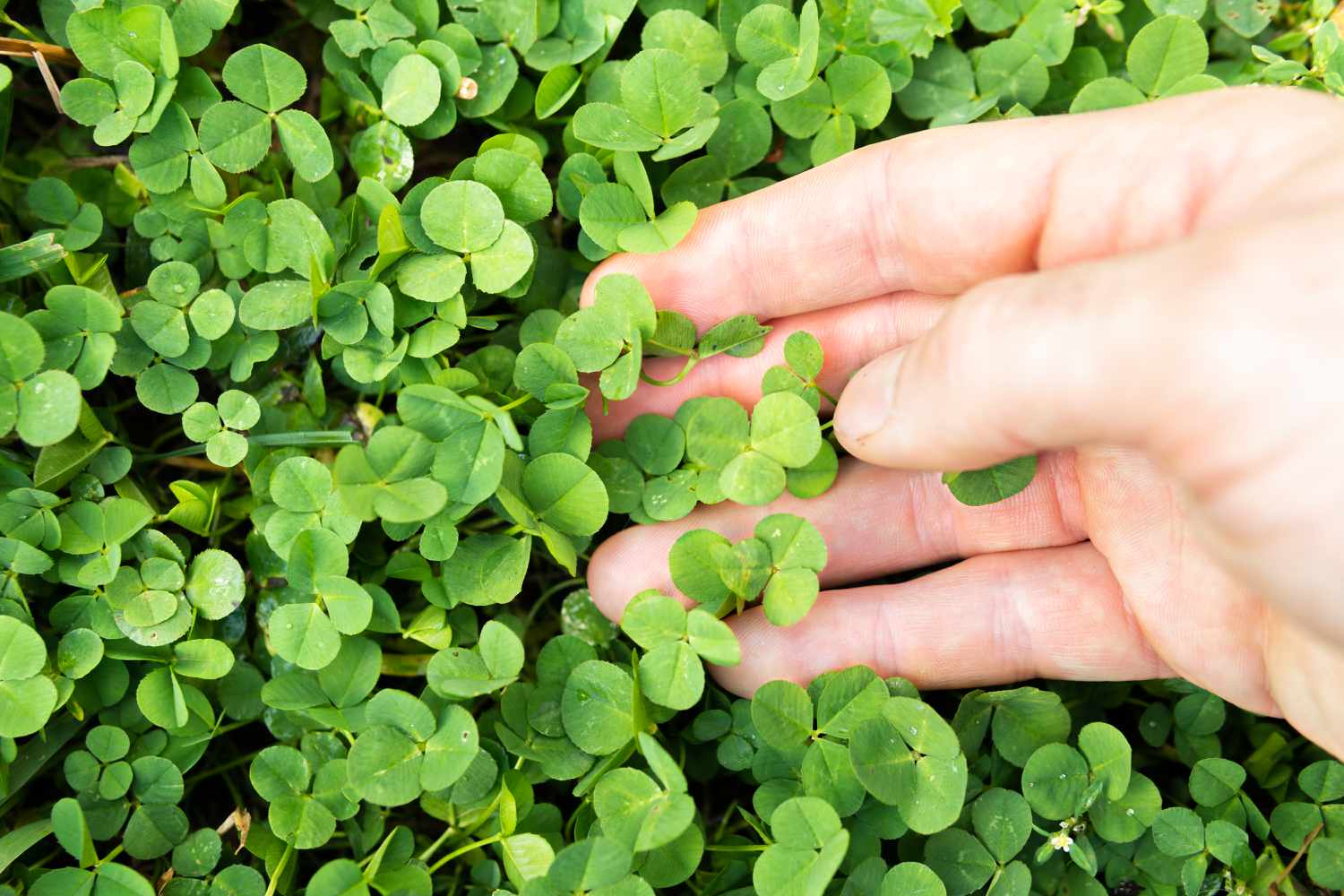
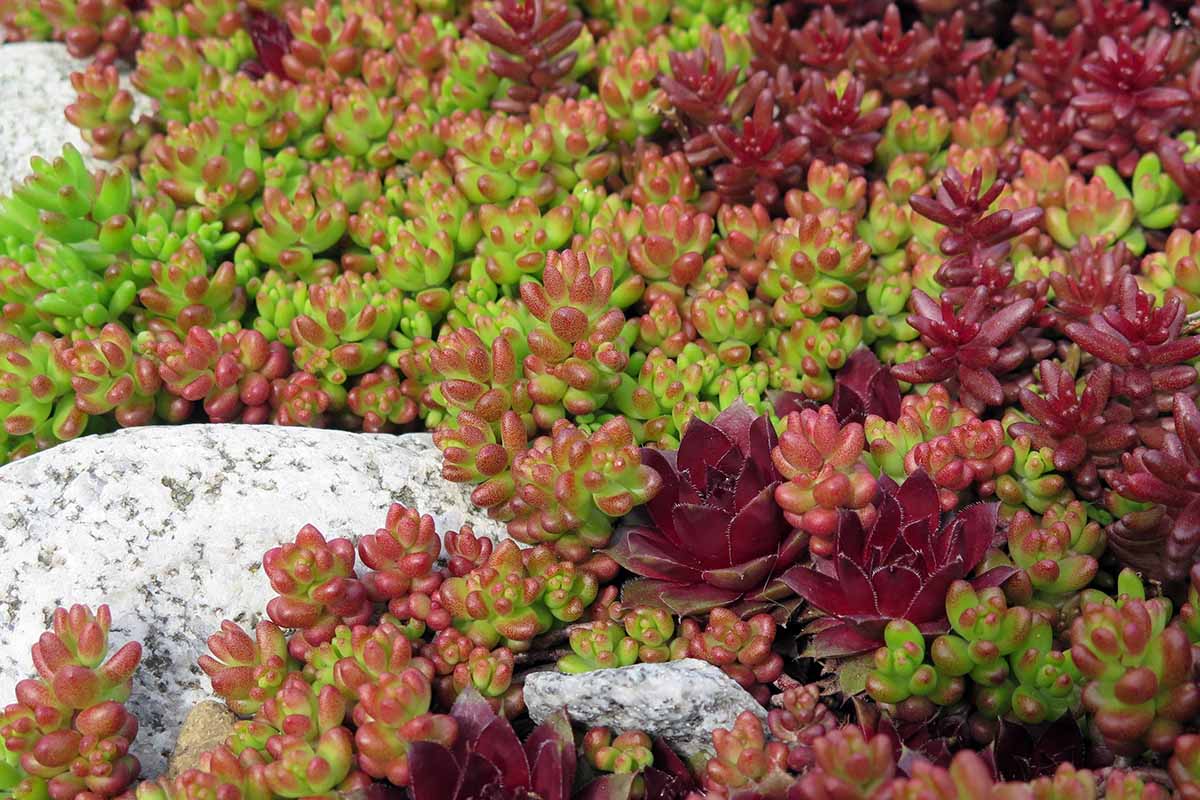
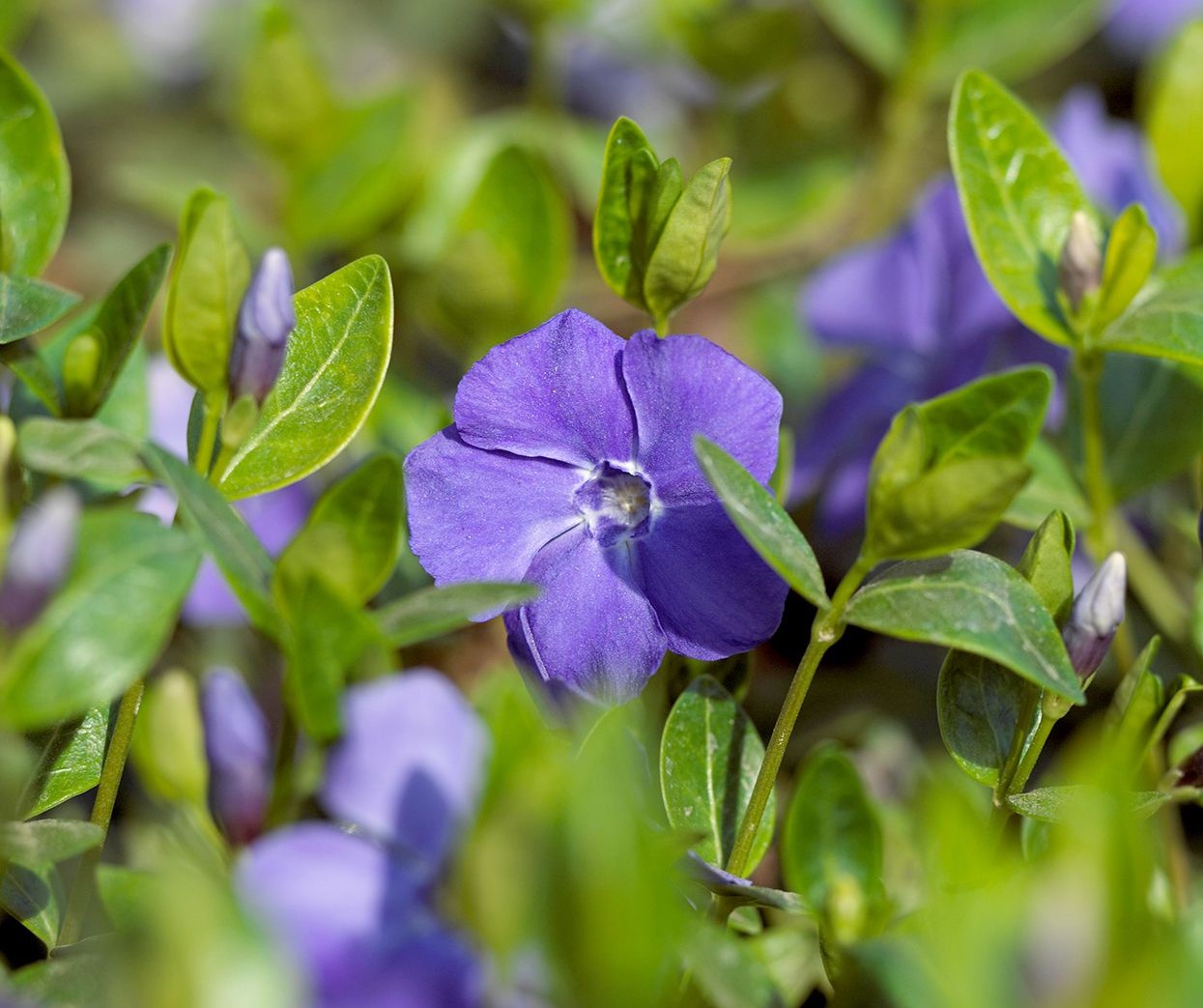
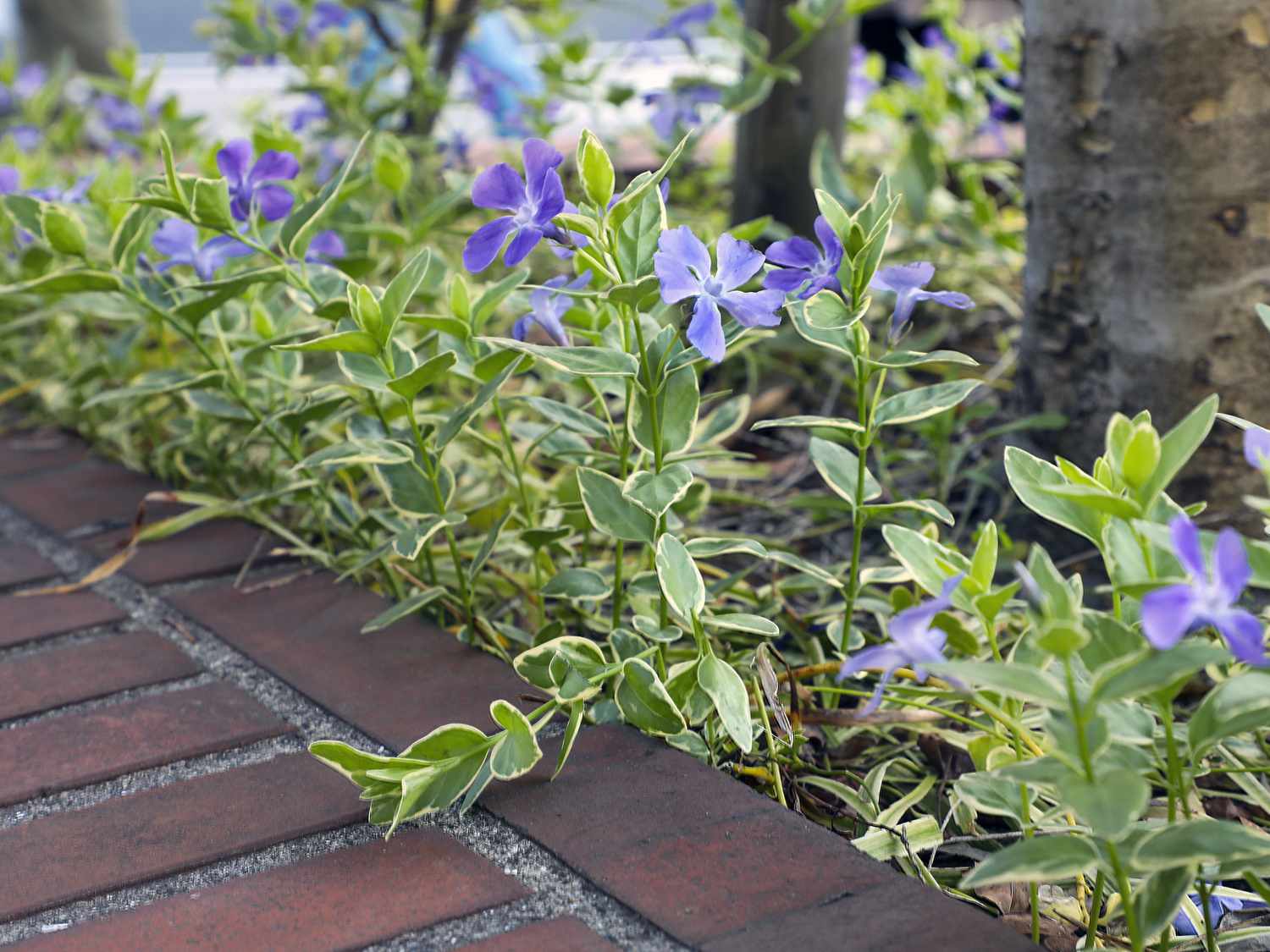

0 thoughts on “How To Kill Ivy Ground Cover”